Home>Articles>Why Does My House Smell Like Smoke From Fireplace


Articles
Why Does My House Smell Like Smoke From Fireplace
Modified: October 22, 2024
Discover articles on why your house may smell like smoke from the fireplace and learn how to address this issue effectively.
(Many of the links in this article redirect to a specific reviewed product. Your purchase of these products through affiliate links helps to generate commission for Storables.com, at no extra cost. Learn more)
Introduction
There’s nothing quite like the cozy ambiance and warmth of a fireplace during the colder months. However, if you’ve noticed a lingering smell of smoke in your house, it can be quite concerning. The last thing you want is for your home to be filled with the scent of smoke, especially when the fireplace isn’t even in use. So, why does your house smell like smoke from the fireplace? Let’s explore some common causes and what you can do to address them.
When you have a fireplace, it’s important to understand that there are various factors that can contribute to the smell of smoke inside your home. These include inadequate ventilation, a damaged chimney, improper use of the fireplace, creosote buildup, a leak in the chimney, and burning incorrect fuel. By identifying the root cause, you can take the necessary steps to eliminate the smoke smell and enjoy a clean and odor-free living space.
One of the primary culprits of a smoky smell is inadequate ventilation. When the fireplace doesn’t have proper airflow, smoke can linger and infiltrate your home. This can happen if the fireplace damper is closed or partially closed or if there are blockages in the chimney flue. Ensuring that the damper is fully open and the chimney is clear of obstructions can help improve ventilation and reduce the smoke smell.
A damaged chimney can also be a source of smoke odor. Over time, the bricks and mortar in the chimney can deteriorate, creating gaps and cracks. These openings can allow smoke to escape into the walls and other areas of your home, spreading the smell throughout. Regular chimney inspections and repairs can help prevent this issue and maintain a properly functioning chimney.
The way you use your fireplace can also contribute to the smoke smell. Improper burning techniques, such as using wet or unseasoned wood, can result in smoky fires that release more odorous particles into the air. It’s essential to use dry, seasoned hardwood and build fires properly to ensure efficient combustion and minimize smoke production.
Creosote buildup is another common culprit behind a smoky smell. Creosote is a sticky residue that forms when wood burns incompletely. If not regularly cleaned, it can accumulate in the chimney and create a strong, unpleasant odor. Scheduling annual chimney cleanings can help mitigate creosote buildup and prevent the smoke smell from infiltrating your home.
A leak in the chimney can also lead to a smoky odor. If there are gaps or cracks in the chimney structure, rainwater can seep in and mix with the creosote and other residues. When the fireplace is used, heat can cause these compounds to vaporize, resulting in a smoky smell. Repairing any leaks and ensuring the chimney is properly sealed can help eliminate this issue.
Lastly, burning incorrect fuel can contribute to a smoky smell. Certain materials like treated or painted wood, trash, or plastic release toxic fumes and produce excessive smoke when burned. Opting for clean-burning fuels, such as natural firewood, can significantly reduce smoke production and the associated odor.
Now that we’ve covered some of the common causes of a smoky smell from the fireplace, it’s time to address the issue. In the next sections, we’ll explore different strategies to deal with the smoke smell, ranging from simple maintenance tasks to seeking professional assistance. By following these tips, you can enjoy a smoke-free home and continue to relish the warmth and charm of your fireplace.
Key Takeaways:
- Don’t let a smoky smell from your fireplace ruin the cozy ambiance of your home. Addressing inadequate ventilation, chimney damage, and creosote buildup can help eliminate the unpleasant odor and ensure a fresh living space.
- Proper fireplace usage and regular maintenance are essential in preventing and addressing a smoky smell. By using dry, seasoned firewood and addressing chimney leaks, you can enjoy a clean and odor-free home during the colder months.
Read more: Why Does My Gas Fireplace Smell Like Gas
Common Causes of Smoke Smell from Fireplace
When you notice a lingering smoke smell in your house, even when the fireplace is not in use, it can be quite frustrating. To address the issue effectively, it’s important to understand the common causes of this unpleasant odor. Below are some of the most frequent culprits:
- Inadequate Ventilation: One of the primary reasons for a smoky smell in your house is inadequate ventilation. When there isn’t enough airflow in the fireplace, the smoke can become trapped and permeate the surrounding areas. This can happen if the damper is closed or partially closed, or if there are blockages in the chimney flue. Ensure that the damper is fully open and that the chimney is clear of any debris or obstructions to improve ventilation.
- Damage to the Chimney: A damaged chimney can also contribute to the smoke smell. Over time, the bricks and mortar in the chimney can deteriorate, leading to gaps and cracks. These openings allow smoke to escape into the walls and other areas of your home, spreading the odor. Regular chimney inspections and repairs are essential to prevent this issue and maintain a fully functional chimney.
- Improper Use of the Fireplace: The way you use your fireplace can also play a role in the smoke smell. Using improper burning techniques, such as using wet or unseasoned wood, can result in smoky fires that release more odorous particles into the air. Ensure that you use dry, seasoned hardwood and follow proper fire-building techniques to promote efficient combustion and minimize smoke production.
- Creosote Buildup: Another common cause of a smoky smell is the accumulation of creosote in the chimney. Creosote is a sticky residue that forms when wood burns incompletely. If not regularly cleaned, it can build up in the chimney and emit a strong, unpleasant odor. Scheduling annual chimney cleanings can help prevent creosote buildup and eliminate the resulting smoke smell.
- Leak in the Chimney: A leak in the chimney can also be a source of the smoke smell. If there are gaps or cracks in the chimney structure, rainwater can seep in and mix with creosote and other residues. When the fireplace is used, the heat can cause these compounds to vaporize, resulting in a smoky odor. It’s important to identify and repair any leaks in the chimney to eliminate this problem.
- Burning Incorrect Fuel: The fuel you burn in your fireplace can contribute to the smoke smell. Materials such as treated or painted wood, trash, or plastic release toxic fumes and produce excessive smoke when burned. Opting for clean-burning fuels, such as natural firewood, can significantly reduce smoke production and the associated odor.
Understanding these common causes can help you pinpoint the source of the smoke smell and take appropriate actions to address it. In the next sections, we will delve deeper into specific strategies and solutions for dealing with the smoke smell from your fireplace. By following these steps, you can enjoy a fresh and pleasant scent in your home, even during the colder months when the fireplace is in use.
Inadequate Ventilation
One of the primary causes of a smoky smell in your house from the fireplace is inadequate ventilation. When there isn’t enough airflow, the smoke produced during combustion can’t escape properly and ends up lingering within your home. This can create an unpleasant and persistent odor that permeates different areas.
Several factors can contribute to inadequate ventilation in your fireplace:
- Closed or Partially Closed Damper: The damper is a pivoting metal plate located at the top of the fireplace. It controls the amount of air that enters and exits the chimney. If the damper is closed or only partially open, it restricts the airflow, resulting in a backup of smoke inside your home. Make sure to fully open the damper before starting a fire to allow for proper ventilation.
- Blockages in the Chimney Flue: The chimney flue is the passageway through which the smoke travels from the fireplace to the outside. Over time, debris such as bird nests, leaves, and even excess creosote can accumulate, obstructing the flue and impeding the flow of smoke. Regular chimney maintenance and inspections, including cleaning the flue, can help remove any blockages and improve ventilation.
- Inadequate Fresh Air Supply: In some cases, the fireplace may not have a sufficient fresh air supply. Without enough oxygen, the fire fails to burn efficiently, leading to the production of more smoke. This issue is more common in tightly sealed homes with modern insulation. Installing an air vent or crackling a window near the fireplace can introduce more fresh air and improve ventilation.
To address inadequate ventilation and the resulting smoke smell, there are a few steps you can take:
- Check the Damper: Before starting a fire, ensure that the damper is fully open. This allows for better airflow and helps the smoke escape through the chimney.
- Clean the Chimney Flue: Regularly clean the chimney flue to remove any obstructions, such as creosote buildup or nesting materials. A clean flue promotes proper airflow and reduces the chances of smoke filling your home.
- Consider Adding an Air Vent: If you suspect that the lack of fresh air supply is contributing to inadequate ventilation, consult with a professional about installing an air vent near the fireplace. This can help improve airflow and prevent smoke from lingering in your home.
- Open a Window or Door: If your home is tightly sealed, opening a window or door near the fireplace can introduce more fresh air into the space, allowing for better combustion and ventilation.
- Consult with a Professional: If you’ve addressed the above steps and still experience inadequate ventilation and a persistent smoke smell, it may be beneficial to seek the expertise of a professional chimney sweep or fireplace technician. They can inspect your fireplace, chimney, and ventilation system to identify any underlying issues and provide appropriate solutions to improve ventilation and eliminate the smoke smell.
By addressing inadequate ventilation, you can significantly reduce the occurrence of a smoky smell in your house and enjoy a cleaner and fresher indoor environment when using your fireplace.
Damage to the Chimney
If you notice a persistent smoky smell in your house, even when the fireplace is not in use, a damaged chimney could be the culprit. Over time, various factors can contribute to the deterioration of the chimney structure, leading to gaps and cracks that allow smoke to escape into your home. Understanding the common causes of chimney damage and taking appropriate measures to address them can help eliminate the smoke smell.
Here are some common causes of chimney damage:
- Age and Wear: Chimneys, just like any other part of a house, can deteriorate over time. Exposure to harsh weather conditions, temperature fluctuations, and general wear and tear can weaken the bricks, mortar, and other components of the chimney system. As the chimney structure weakens, gaps and cracks can form, allowing smoke to escape into your home.
- Water Damage: Water is one of the worst enemies of a chimney. When rainwater seeps into the chimney through cracks and gaps, it can cause significant damage. The combination of moisture and the byproducts of combustion, such as creosote, can lead to the formation of acids that eat away at the chimney lining. This can result in more gaps and cracks, exacerbating the smoky smell.
- Freeze-Thaw Cycles: In colder climates, freeze-thaw cycles can cause extensive damage to chimneys. When water penetrates the bricks or mortar and then freezes, it expands, leading to cracks and deterioration. Over time, this repeated cycle can weaken the chimney’s structure and compromise its ability to contain smoke.
- Settlement: Settlement occurs when the soil beneath the foundation of a house shifts or sinks. This can cause the chimney to settle unevenly, leading to misalignments, gaps, and cracks. When the chimney structure becomes compromised, smoke can escape into your home rather than being directed up and out through the chimney.
Addressing damage to the chimney is crucial for eliminating the smoky smell and maintaining the integrity of your fireplace system. Here are some steps you can take:
- Schedule Regular Inspections: Regular chimney inspections by a professional chimney sweep are essential to detect any signs of damage early on. A trained eye can identify gaps, cracks, and other issues that may be contributing to the smoke smell.
- Repair Gaps and Cracks: If gaps and cracks are found during an inspection, it’s important to have them repaired promptly. A professional chimney repair specialist can properly seal these openings using appropriate materials to ensure that smoke remains contained within the chimney.
- Waterproof the Chimney: Applying a waterproofing sealant to the exterior of the chimney can help prevent water infiltration. This protective barrier helps to minimize damage caused by water, reducing the likelihood of further gaps and cracks that contribute to the smoky smell.
- Address Settlement Issues: If settlement has caused misalignments or structural problems with the chimney, it’s important to consult with a professional to assess the situation. They can recommend appropriate solutions, such as chimney stabilization systems, to restore the chimney’s functionality.
- Consider Chimney Liner Installation: If the damage to the chimney is extensive or if there is no existing liner, installing a chimney liner can help improve the chimney’s performance and prevent smoke from escaping. A liner provides an additional layer of protection and helps direct smoke up and out of the chimney.
By addressing chimney damage promptly and taking appropriate repair measures, you can eliminate the smoky smell and ensure the safe and efficient operation of your fireplace. Remember to consult with professionals for thorough inspections and repairs to maintain the integrity of your chimney system.
Improper Use of Fireplace
The way you use your fireplace plays a significant role in the occurrence of a smoky smell in your house. Improper use can result in inefficient combustion and increased smoke production, leading to the unpleasant odor lingering in your home. Understanding and practicing proper fireplace usage can help minimize the smoky smell and improve your overall fireplace experience.
Here are some factors related to improper fireplace usage that can contribute to the smoky smell:
- Wet or Unseasoned Wood: Burning wet or unseasoned wood can create more smoke due to incomplete combustion. Wet wood contains a higher moisture content, which causes the fire to burn at a lower temperature. This results in more smoke and increases the likelihood of the smoky smell permeating your house. Always use dry, seasoned firewood, which has been properly dried for at least six to twelve months, for cleaner and more efficient burning.
- Insufficient Fire Building: The way you build your fire can also affect how much smoke it produces. A poorly constructed fire that lacks adequate airflow can result in smoky combustion. Make sure to arrange the firewood properly, leaving enough space for air circulation. Use kindling, such as newspaper or small twigs, to help ignite the fire effectively. Once the fire is burning, maintain a good balance of fuel and oxygen to prevent excessive smoke production.
- Overloading the Fireplace: Overloading the fireplace with too much wood can lead to incomplete combustion and excessive smoke. If the fire is struggling to burn due to an excessive amount of fuel, it can result in smoldering instead of a clean, hot fire. Avoid overcrowding the fireplace and maintain a moderate and manageable size fire for optimal smoke reduction.
- Opening the Fireplace Doors: Some fireplaces have glass doors that can be closed during operation. These doors are designed to help regulate the airflow and prevent smoke from escaping into the room. If your fireplace has doors, make sure to keep them closed while the fire is burning. Opening the doors can disrupt the airflow and allow smoke to enter your living space.
To minimize the smoky smell resulting from improper fireplace usage, consider the following tips:
- Use Dry, Seasoned Firewood: Only burn dry, seasoned firewood. Properly seasoned wood has a lower moisture content, allowing for cleaner and more efficient combustion with reduced smoke production.
- Practice Proper Fire-Building Techniques: Take the time to build a well-structured fire with adequate airflow. Arrange the firewood properly, use kindling to ignite the fire, and maintain a proper balance of fuel and oxygen to promote complete combustion and minimize smoke.
- Load the Fireplace Appropriately: Avoid overcrowding the fireplace with too much wood. Maintain a moderate fire size to ensure optimal burning conditions and minimize smoke production.
- Keep Fireplace Doors Closed: If your fireplace has glass doors, keep them closed during operation to maintain proper airflow and prevent smoke from entering your living space. Open the doors only when adding more wood or when the fire has died down and is no longer producing smoke.
- Regularly Clean the Fireplace and Chimney: Proper fireplace maintenance includes regular cleaning to remove ash and debris that can obstruct airflow and contribute to smoke production. Additionally, schedule annual chimney inspections and cleanings to remove creosote buildup, which can also contribute to a smoky smell.
By adopting proper fireplace usage practices and implementing these tips, you can minimize the occurrence of a smoky smell in your house. Enjoy the warmth and ambiance of your fireplace without the accompanying odor, creating a more pleasant and enjoyable indoor environment.
Make sure the damper is fully open when using the fireplace to allow smoke to escape. Also, have the chimney cleaned and inspected regularly to prevent smoke from backing up into the house.
Creosote Buildup
Creosote buildup is a common cause of a smoky smell in your house from your fireplace. Creosote is a dark, sticky substance that forms when wood burns incompletely. This residue can accumulate on the interior walls of the chimney over time, leading to various problems, including the emission of a strong, unpleasant odor. Understanding the causes of creosote buildup and taking proactive steps to address it can help eliminate the smoky smell and maintain a safe and efficient fireplace.
Here are some factors that contribute to creosote buildup:
- Insufficient Combustion: When wood does not burn completely, it releases byproducts, including creosote. This can occur if the fire does not reach a high enough temperature or if the airflow in the fireplace is restricted. Incomplete combustion leads to the formation of more creosote, which can accumulate in the chimney and contribute to the smoky smell.
- Using Unseasoned or Wet Wood: Burning unseasoned or wet wood contributes to creosote buildup. High moisture content in the wood prevents it from burning efficiently, resulting in more smoke and increased creosote production. It is important to use dry, seasoned firewood, which has been properly dried for at least six to twelve months, to minimize creosote formation.
- Infrequent Chimney Cleaning: Without regular chimney cleanings, creosote can accumulate over time, creating a thick layer on the chimney walls. The more creosote present, the greater the risk of a smoky smell and potential chimney fires. Scheduling annual chimney cleanings by a professional chimney sweep is crucial to remove creosote buildup and prevent its negative impacts.
- Use of Improper Fire-Building Techniques: If the fire is not properly built, it increases the likelihood of creosote formation. Insufficient airflow, such as closing the damper too soon or using too much fuel, can lead to incomplete combustion and more creosote production. Employing proper fire-building techniques, such as ensuring adequate ventilation and following recommended fuel and airflow guidelines, can help minimize creosote buildup.
To address creosote buildup and the associated smoky smell, consider the following actions:
- Schedule Regular Chimney Cleanings: Arrange for annual chimney cleanings by a professional chimney sweep to remove creosote buildup. They have the necessary equipment and expertise to effectively clean the chimney and minimize the smoky smell.
- Use Dry, Seasoned Firewood: Burn dry, seasoned firewood to promote more complete combustion. Well-seasoned wood has a lower moisture content and produces less smoke and creosote. Avoid burning unseasoned or wet wood, as it contributes to increased creosote formation.
- Properly Ventilate the Fireplace: Ensure that the fireplace has proper ventilation to allow for optimal airflow. Open the damper fully before starting a fire and check that there are no obstructions in the chimney flue. Adequate ventilation helps the fire burn more efficiently and reduces creosote buildup.
- Follow Recommended Fire-Building Techniques: Build fires following proper guidelines, including using the right amount of fuel and allowing sufficient air circulation. Avoid oversizing the fire or restricting airflow, as this can lead to incomplete combustion and increased creosote production.
- Consider Using Creosote Removal Products: There are commercial creosote removal products available on the market. These products help break down and reduce the buildup of creosote in the chimney. However, it’s important to follow the instructions carefully and use these products in conjunction with regular chimney cleanings.
By addressing creosote buildup through regular chimney maintenance, proper firewood usage, and appropriate ventilation, you can effectively eliminate the smoky smell and reduce the risk of chimney fires. Enjoy a cleaner and safer fireplace experience by taking proactive measures to manage creosote accumulation.
Leak in Chimney
A leak in the chimney can be a source of the smoky smell in your house. When there are gaps, cracks, or other openings in the chimney structure, water can enter and mix with creosote and other residues. When the fireplace is in use, the heat can cause these compounds to vaporize, resulting in a smoky odor. Addressing and repairing chimney leaks is crucial to eliminate the smoky smell and ensure the proper functioning of your fireplace.
Here are some common causes of chimney leaks:
- Cracks and Gaps: Over time, the chimney structure can develop cracks or have gaps between the bricks or mortar joints. These openings allow water to seep into the chimney, especially during periods of heavy rain. The combination of water and the byproducts of combustion can result in a smoky odor.
- Deteriorated Flashing: The flashing is the thin metal strip installed at the point where the chimney meets the roof. It serves to prevent water from entering the chimney through that junction. If the flashing becomes damaged or deteriorated, water can infiltrate the chimney and create a smoky smell.
- Chimney Crown Issues: The chimney crown is the masonry cap that covers the top of the chimney. It protects the chimney structure from water damage. If the crown is cracked, improperly sealed, or deteriorated, water can penetrate into the chimney, leading to the smoky odor.
- Faulty Chimney Liner: The chimney liner is a protective barrier that lines the inside of the chimney to contain the byproducts of combustion. If the liner is damaged or deteriorated, water can enter and mix with creosote, resulting in a smoky smell when the fireplace is used.
Here are some steps you can take to address a chimney leak and eliminate the smoky smell:
- Inspect the Chimney: Conduct a thorough visual inspection of the chimney, both from the inside and outside. Look for any visible cracks, gaps, or signs of water damage. Pay attention to the flashing, crown, and chimney liner.
- Repair Cracks and Gaps: If you find any cracks or gaps in the chimney structure, it’s important to have them repaired promptly. Consult with a professional chimney repair specialist who can seal these openings using appropriate materials, preventing water infiltration and the resulting smoky smell.
- Replace Damaged Flashing: If the flashing is damaged or deteriorated, it may need to be replaced. A professional chimney technician can assess the condition of the flashing and perform the necessary repairs or replacement to prevent water entry and eliminate the smoky odor.
- Restore the Chimney Crown: If the chimney crown is cracked, improperly sealed, or deteriorated, it’s important to restore it. The crown can be repaired or replaced to ensure proper water protection and prevent the smoky smell from occurring.
- Address Chimney Liner Issues: If the chimney liner is damaged or deteriorated, it may need to be repaired or replaced. A professional chimney technician can evaluate the liner’s condition and recommend the best course of action to prevent water entry and eliminate the smoky odor.
It’s important to address chimney leaks promptly to prevent further damage and potential safety hazards. Consult with a professional chimney technician to assess the leaks, perform the necessary repairs, and restore the integrity of your chimney system. By doing so, you can eliminate the smoky smell and enjoy a pleasant and odor-free environment in your home.
Burning Incorrect Fuel
Burning incorrect fuel in your fireplace can contribute to a smoky smell in your house. Certain materials release toxic fumes and produce excessive smoke when burned, resulting in an unpleasant odor that can permeate your home. It’s crucial to understand what fuels are suitable for your fireplace and ensure you are using the correct ones to minimize smoke production and eliminate the smoky smell.
Here are some common types of incorrect fuel to avoid:
- Treated or Painted Wood: Burning wood that has been treated with chemicals or painted can release toxic fumes and excessive smoke when heated. These materials are not intended for burning and can result in a strong, unpleasant odor filling your home.
- Trash or Plastic: Burning household trash, including plastic, contributes to air pollution and produces noxious fumes. These materials do not burn efficiently and generate thick smoke, creating an unpleasant smell that can linger in your house.
- Wet or Damp Wood: Burning wet or damp wood leads to incomplete combustion, resulting in more smoke and a smoky smell. Wet wood contains a higher moisture content, which hampers its ability to burn efficiently. It’s important to use properly seasoned firewood with a moisture content of around 20% or less.
- Styrofoam or Foam Materials: Burning foam materials, such as styrofoam, results in the release of toxic chemicals and noxious smoke. These materials should never be burned in a fireplace or any other open fire as they pose health risks and contribute to air pollution.
To minimize the smoky smell caused by burning incorrect fuel, follow these guidelines:
- Use Natural Firewood: Opt for clean-burning fuels, such as dry, seasoned firewood. Hardwood species like oak, maple, or birch are excellent choices as they burn efficiently and produce less smoke. Make sure the firewood has been properly dried for at least six to twelve months to ensure a lower moisture content.
- Avoid Chemical-Treated or Painted Wood: Steer clear of burning wood that has been chemically treated or painted. These materials release harmful fumes and contribute to excessive smoke production. Use only untreated, natural wood for your fireplace.
- Dispose of Trash Properly: Never burn household trash, plastic, or foam materials in your fireplace. These materials are not designed for combustion and can create toxic fumes. Instead, follow proper waste disposal methods and recycle or dispose of trash responsibly.
- Check Fire Logs for Compatibility: If you prefer using fire logs or other alternative fuel sources, ensure they are specifically designed for use in your type of fireplace. Some fire logs are suitable only for indoor gas fireplaces and should not be used in wood-burning fireplaces, as they can contribute to excessive smoke.
- Follow Manufacturer’s Recommendations: Always follow the manufacturer’s recommendations and guidelines for your fireplace. They often provide specific instructions on the type of fuel to use and proper burning techniques. Adhering to these guidelines ensures optimal performance and helps reduce smoke and associated odors.
By being mindful of the fuel you burn in your fireplace, you can reduce smoke production, minimize the smoky smell, and create a more pleasant and healthier environment in your home. Choose appropriate fuels, such as natural firewood, and avoid burning materials that release toxic fumes or excessive smoke.
Dealing with Smoke Smell
Experiencing a smoke smell in your house can be bothersome, but there are steps you can take to effectively deal with it. By addressing the root causes and implementing appropriate solutions, you can eliminate the smoky odor and restore a fresh and pleasant environment in your home.
Here are some strategies for dealing with a smoke smell:
- Identify the Source: Determine the source of the smoky smell. Is it coming specifically from the fireplace and chimney area, or is it more widespread throughout the house? Understanding the origin of the smell can help you target the appropriate solutions.
- Clean and Deodorize: Start by thoroughly cleaning the areas affected by the smoky smell. Vacuum carpets and furniture, wash curtains and linens, and wipe down surfaces. You can use baking soda or an odor-neutralizing spray to help eliminate any lingering odors. Don’t forget to clean the fireplace itself, including the firebox and surrounding areas.
- Improve Ventilation: Adequate ventilation is crucial in eliminating a smoky smell. Open windows and doors to allow fresh air to circulate throughout your home. Use fans or air purifiers to help improve air circulation and filter out any lingering odors.
- Address Fireplace-Specific Issues: If the smoky smell is primarily coming from the fireplace, consider the common causes mentioned earlier in this article. Check for proper ventilation, address any chimney damage or leaks, clean out creosote buildup, and ensure you are using the correct fuel and proper fire-building techniques. Taking these steps will help reduce smoke production and the associated odor.
- Consult with Professionals: If the smoky smell persists or if you are unable to identify and resolve the underlying issues, it may be beneficial to consult with professionals. A certified chimney sweep can thoroughly inspect your fireplace and chimney to identify any hidden problems and provide appropriate solutions. They can also perform chimney cleanings to remove creosote buildup and eliminate the smoky smell.
- Monitor for Recurring Issues: After addressing the initial source of the smoky smell, continue monitoring and maintaining your fireplace and chimney regularly. Schedule annual inspections and cleanings to ensure proper functioning and to prevent future smoky odors from occurring.
By following these strategies and addressing the specific causes of the smoky smell, you can effectively eliminate the odor and enjoy a fresh and pleasant environment in your home. Remember that regular maintenance, proper usage, and quick identification of any chimney-related issues are key in preventing the recurrence of a smoky smell.
Read more: Why Does My AC Smell Like Vinegar
Conclusion
A smoky smell in your house from the fireplace can be a bothersome issue, but with the right knowledge and actions, you can effectively eliminate this unpleasant odor. Understanding the common causes of a smoky smell, such as inadequate ventilation, chimney damage, improper use of the fireplace, creosote buildup, burning incorrect fuel, and chimney leaks, is crucial in finding the appropriate solutions.
By addressing inadequate ventilation, ensuring the integrity of your chimney, practicing proper fire-building techniques, regularly cleaning your chimney, and using the correct fuel, you can significantly reduce smoke production and the associated smell. Additionally, taking steps to improve ventilation, clean and deodorize your home, and consult with professionals when needed will help eliminate any lingering smoky odors.
Remember that prevention is key. Regular chimney inspections, cleanings, and maintenance are essential in keeping your fireplace and chimney functioning properly and minimizing the risk of a smoky smell. Properly using and maintaining your fireplace not only enhances its safety but also ensures a more enjoyable and comfortable living environment.
When it comes to dealing with a smoky smell from your fireplace, it’s important to be proactive and take appropriate actions. By following the strategies outlined in this article and addressing the root causes, you can enjoy the warmth and ambiance of your fireplace without the accompanying smoky odor. Keep your home fresh and pleasant throughout the colder months and enjoy the benefits that your fireplace brings to your living space.
Remember, if you’re unsure about any aspect of fireplace maintenance or dealing with a smoky smell, it’s always best to consult with a professional chimney sweep or fireplace technician. They have the expertise and experience to assess your specific situation and provide tailored solutions to ensure a clean and odor-free environment in your home.
Frequently Asked Questions about Why Does My House Smell Like Smoke From Fireplace
Was this page helpful?
At Storables.com, we guarantee accurate and reliable information. Our content, validated by Expert Board Contributors, is crafted following stringent Editorial Policies. We're committed to providing you with well-researched, expert-backed insights for all your informational needs.
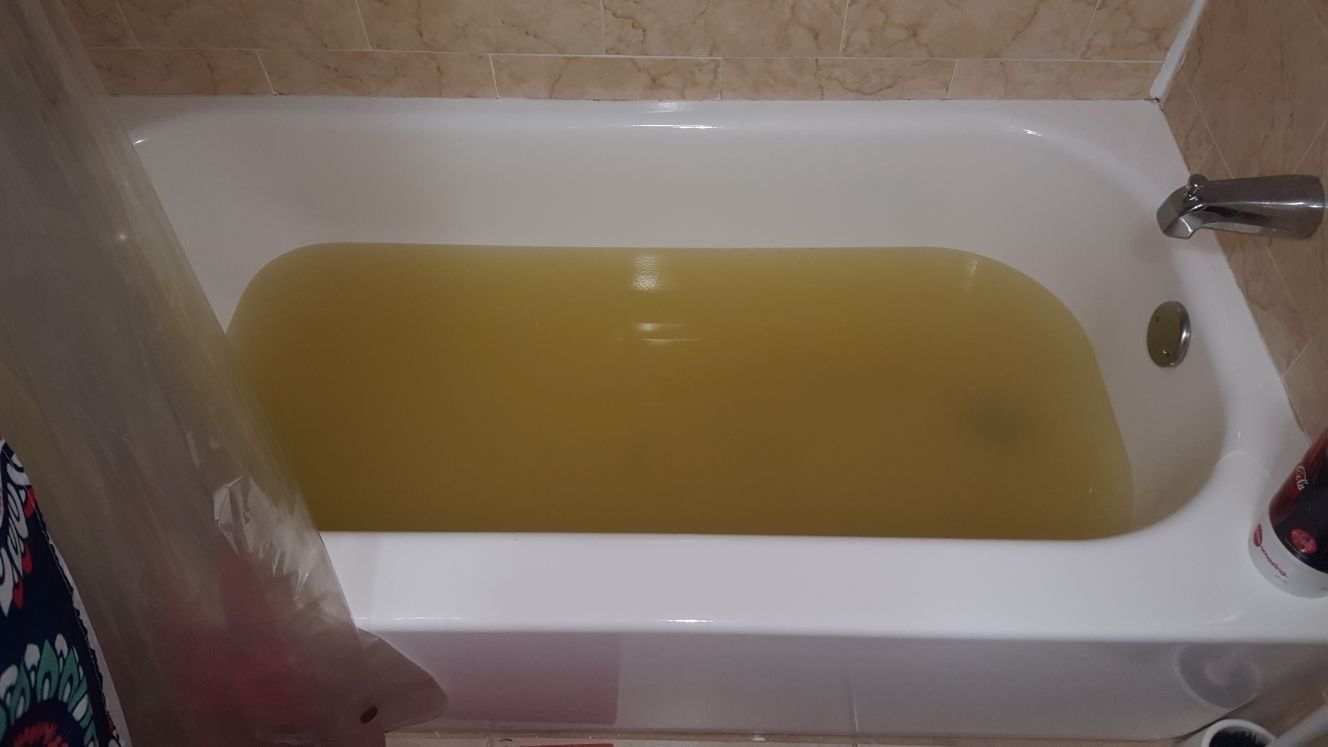
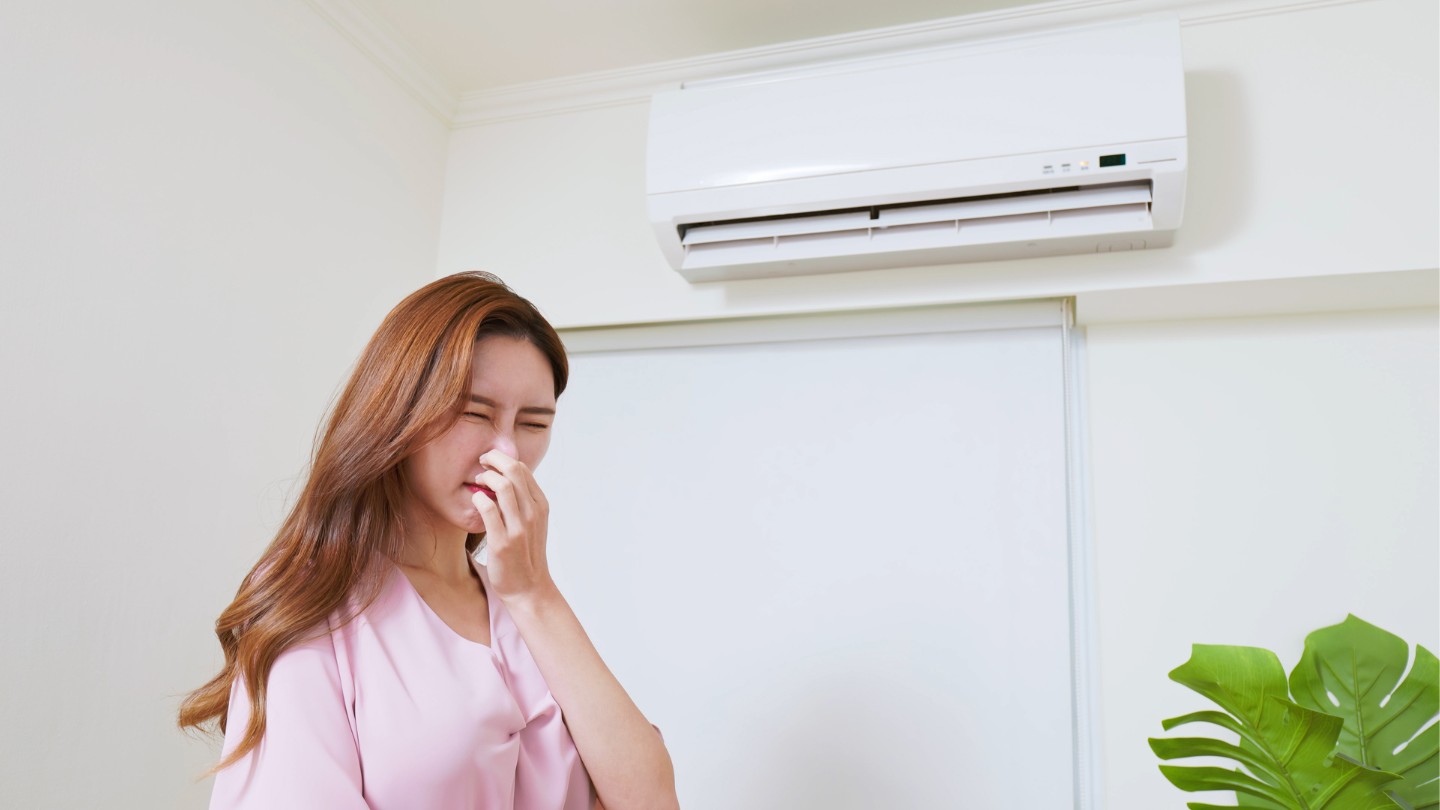
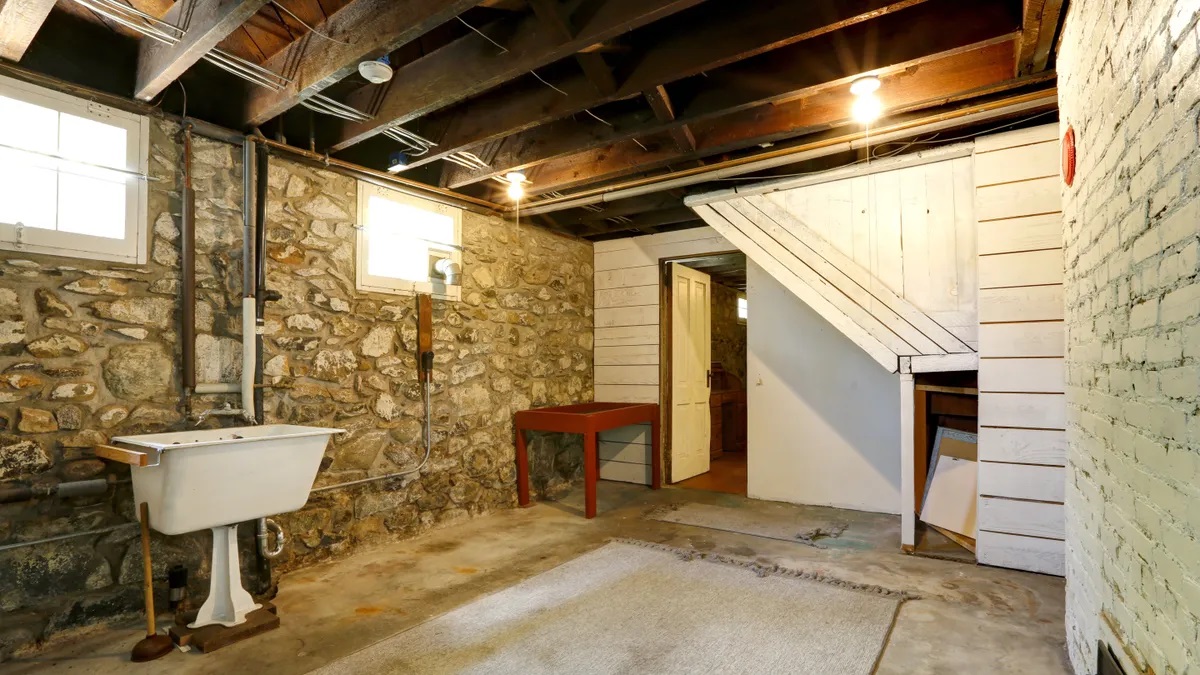
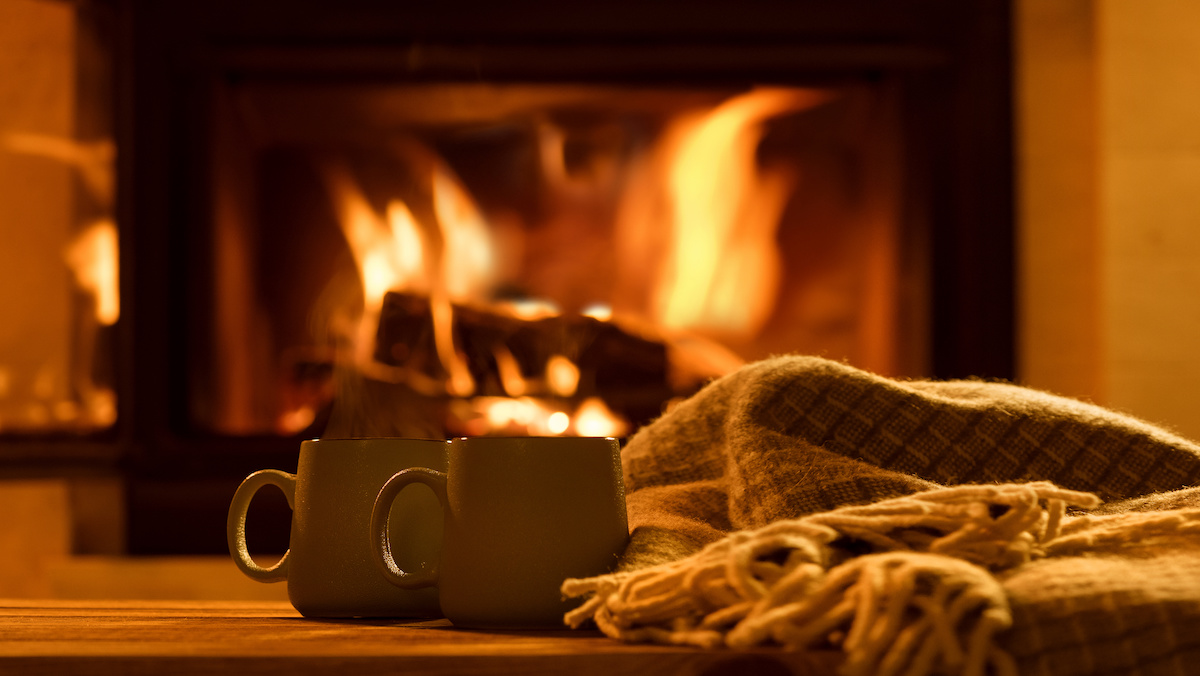
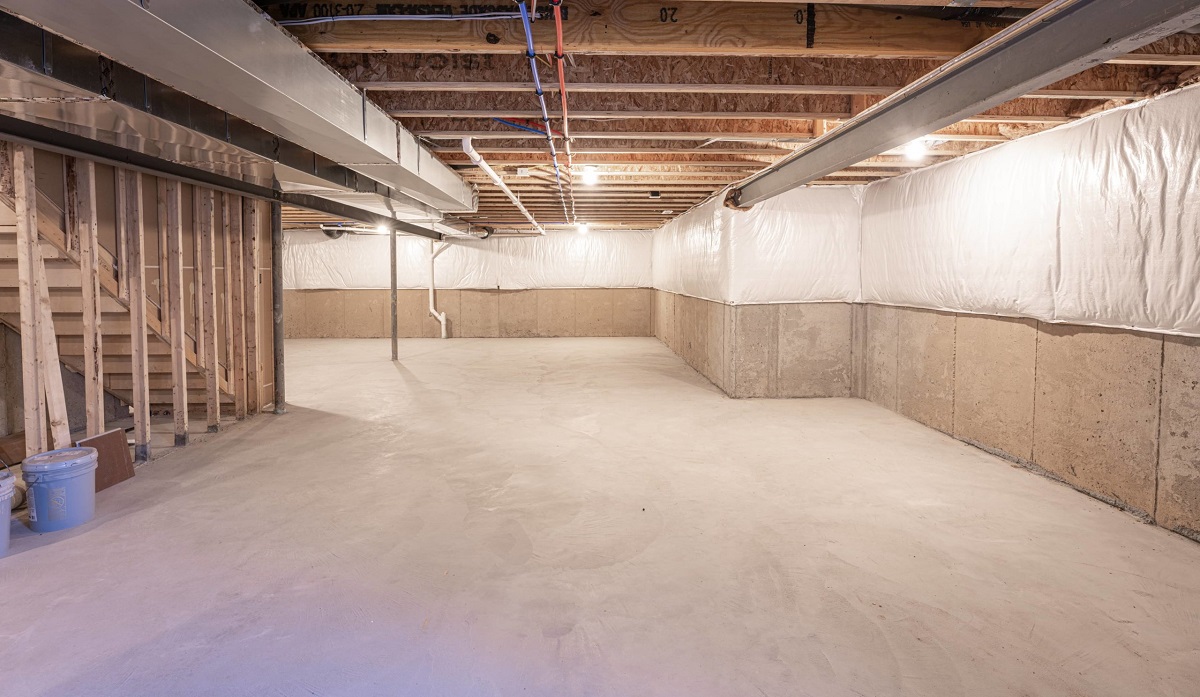
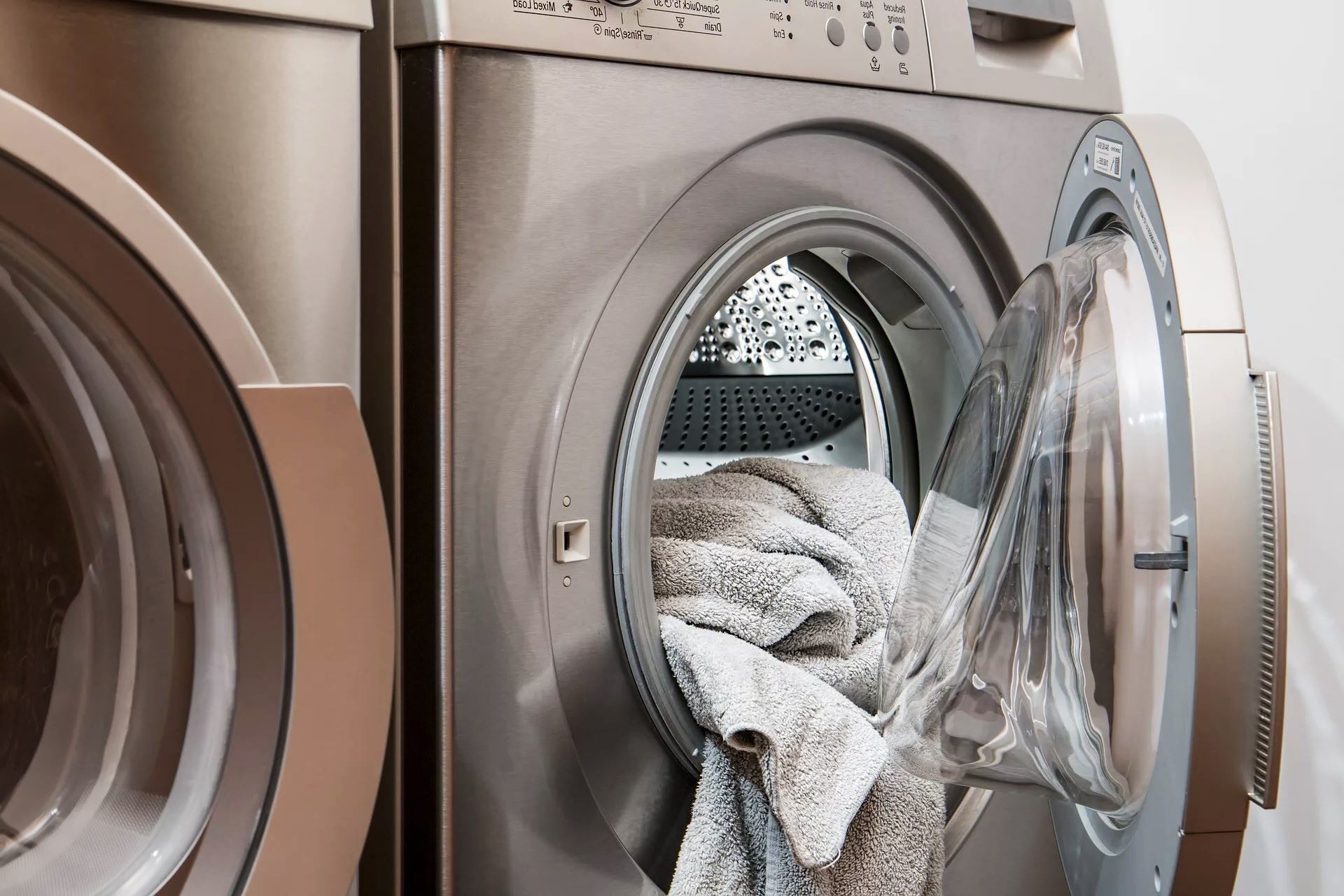

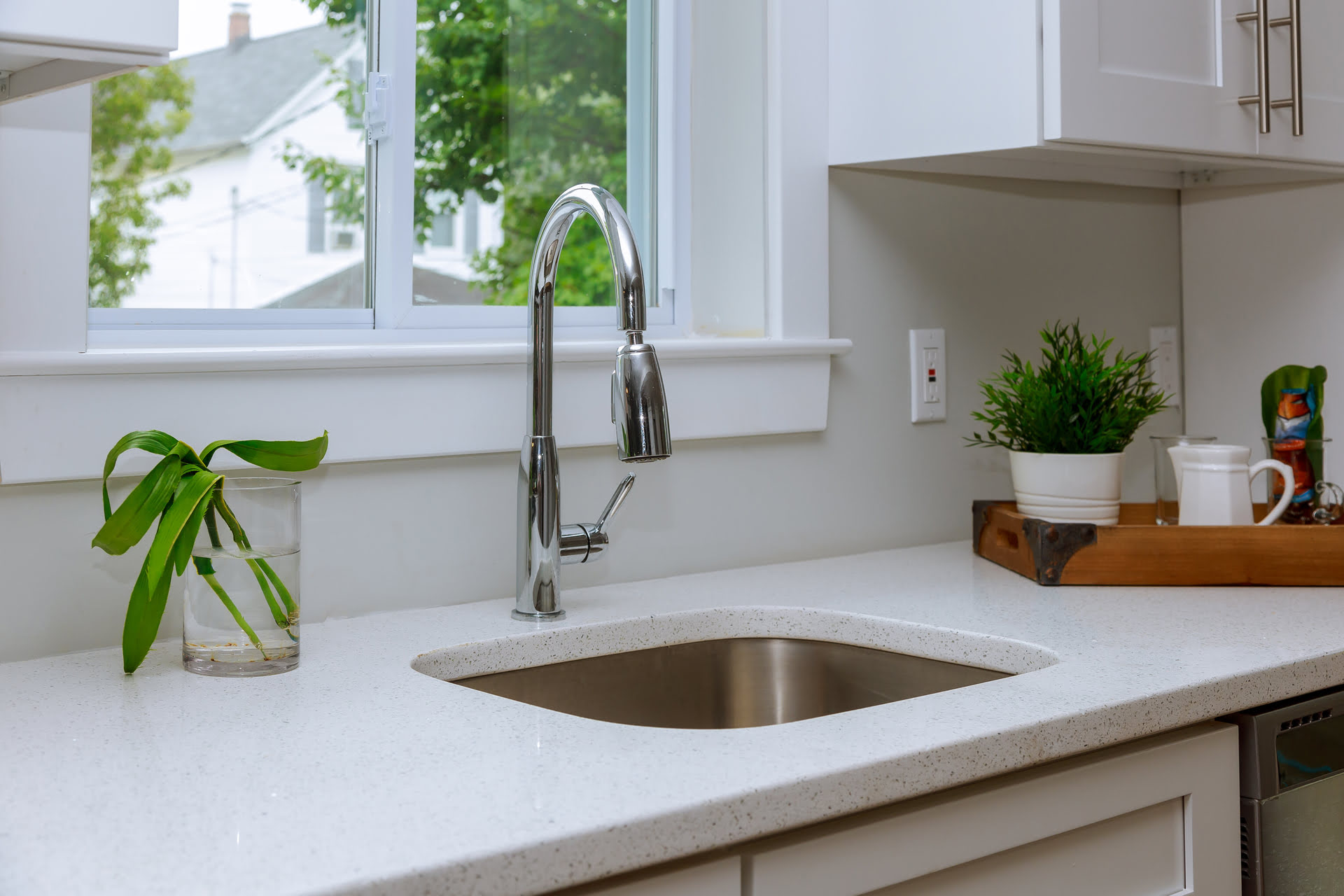
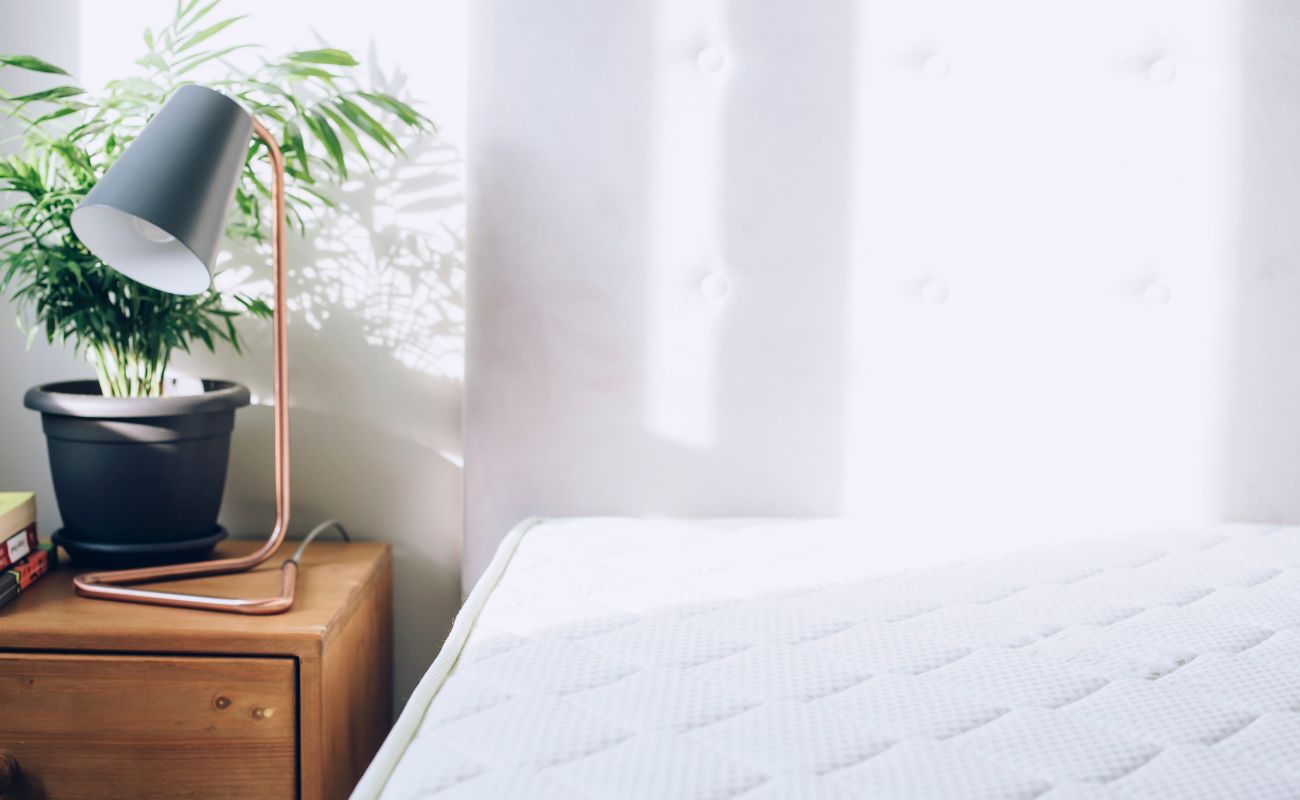
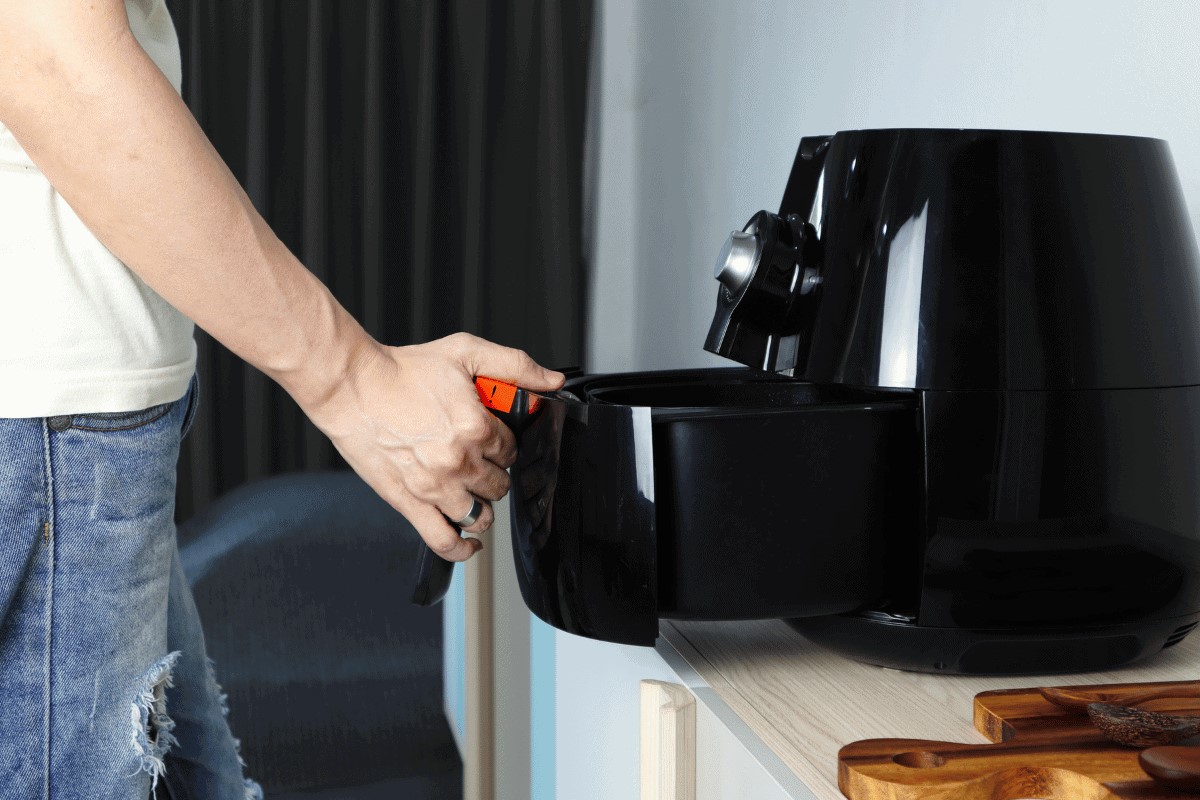
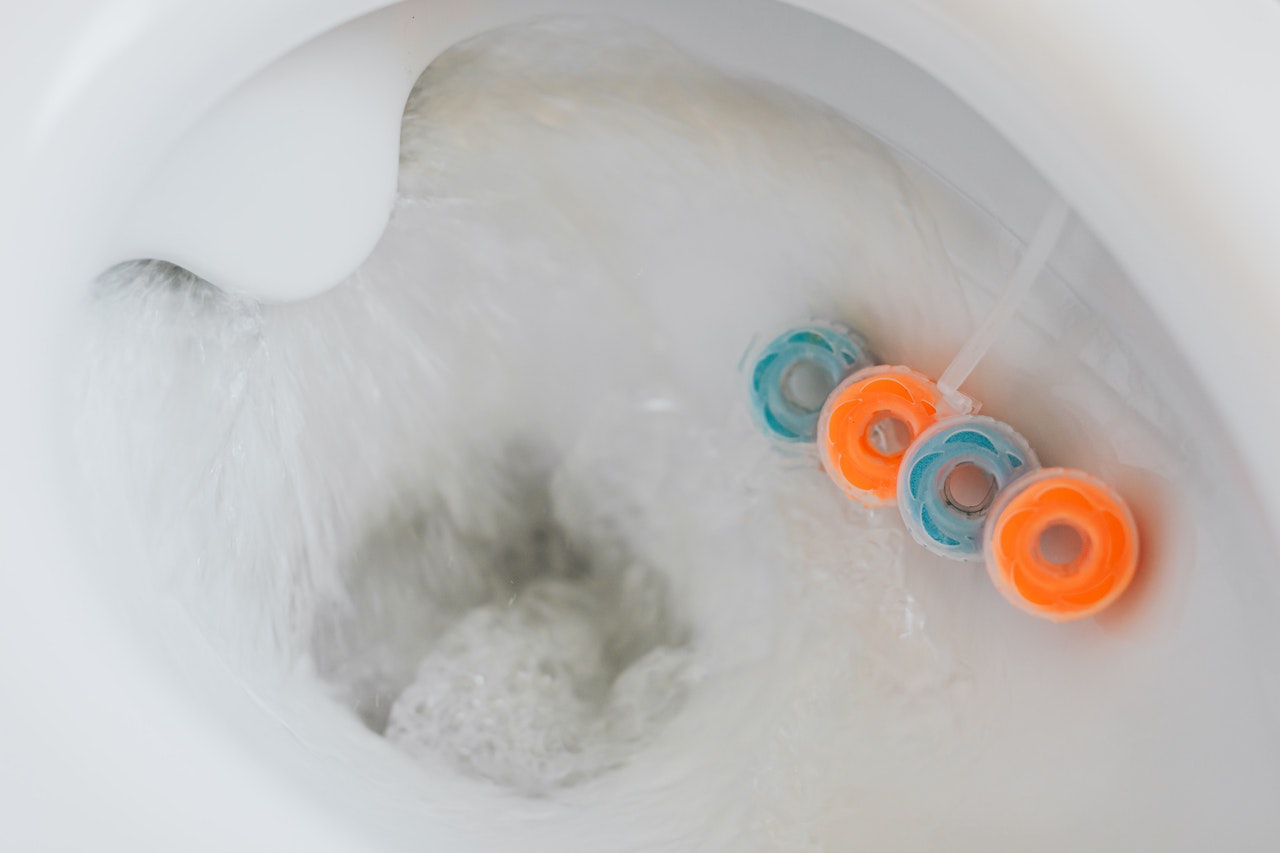
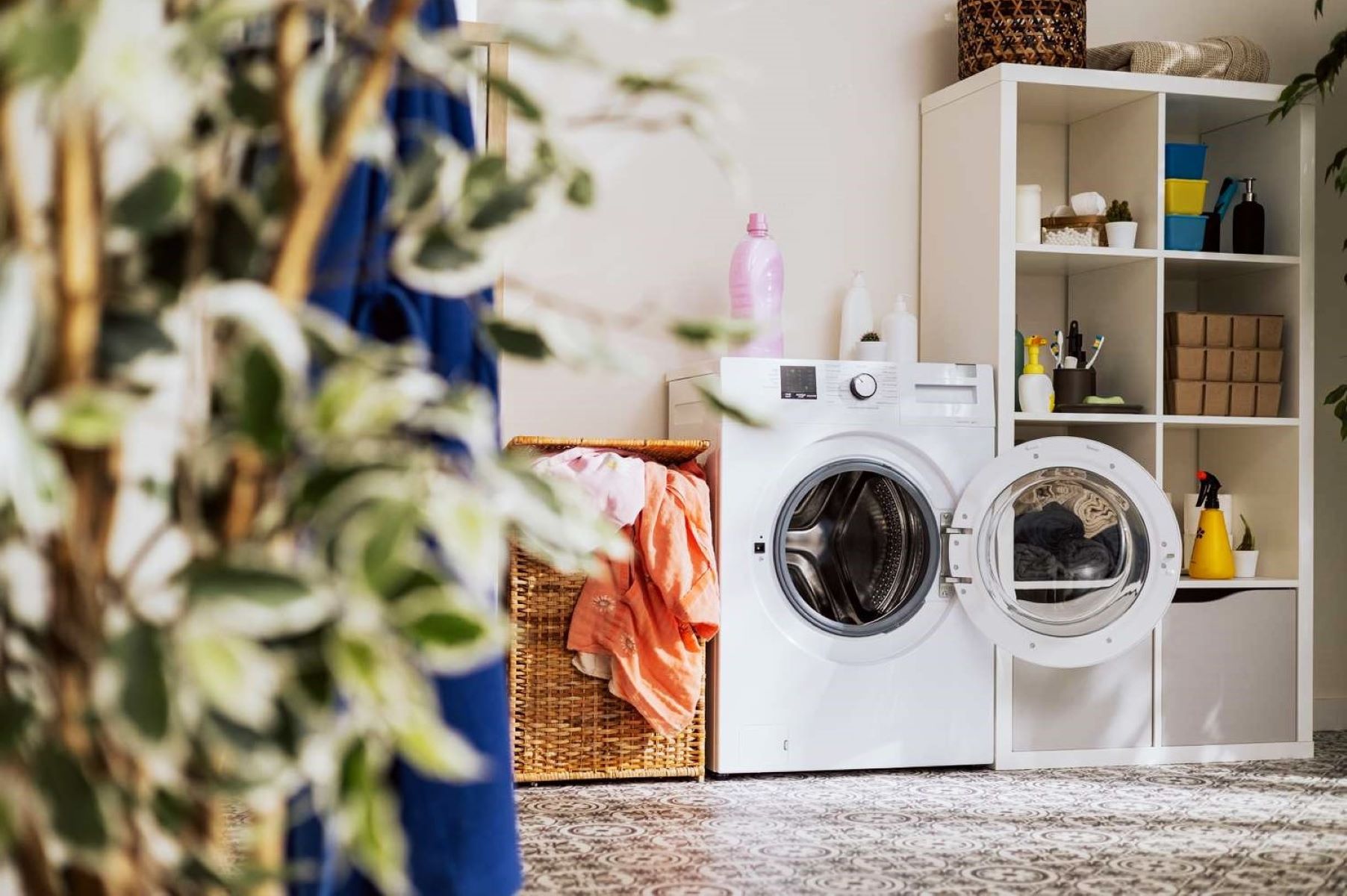
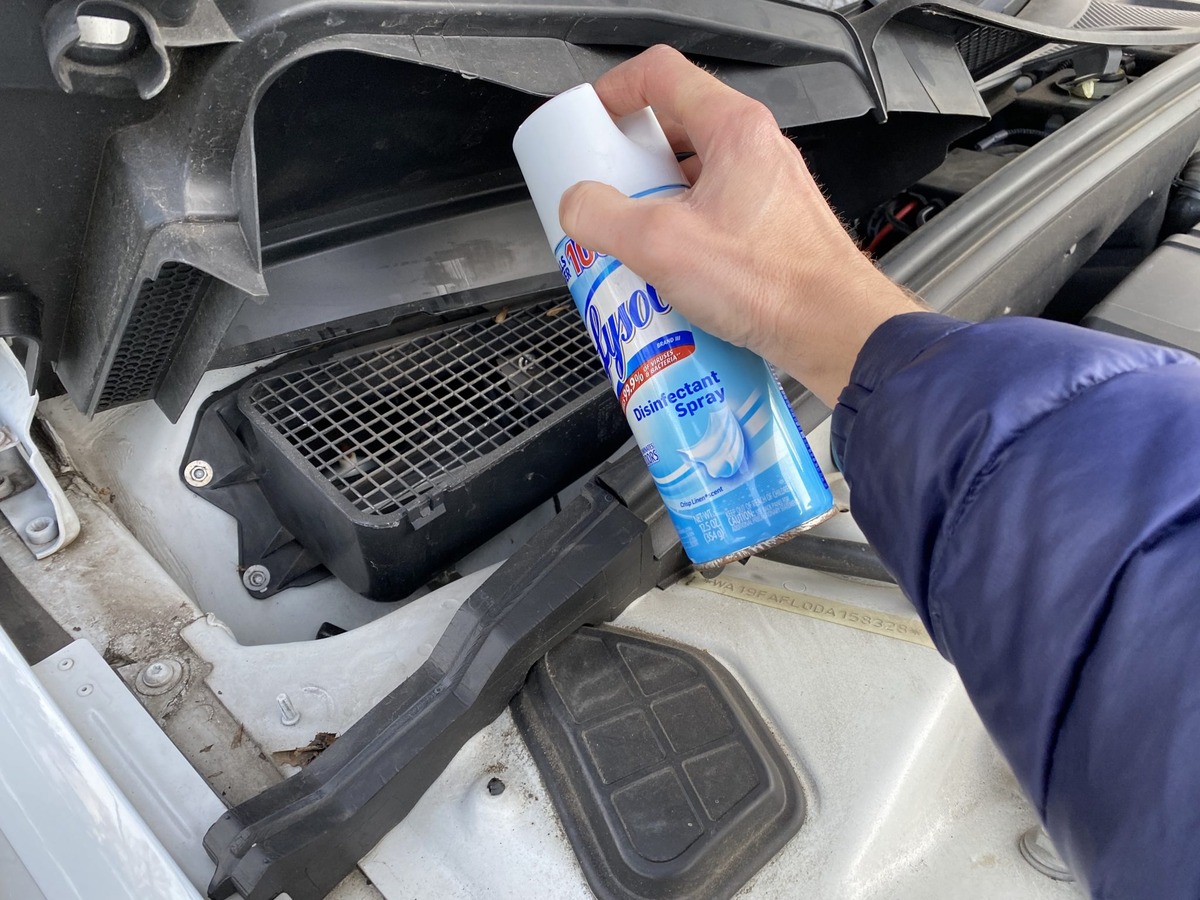

0 thoughts on “Why Does My House Smell Like Smoke From Fireplace”